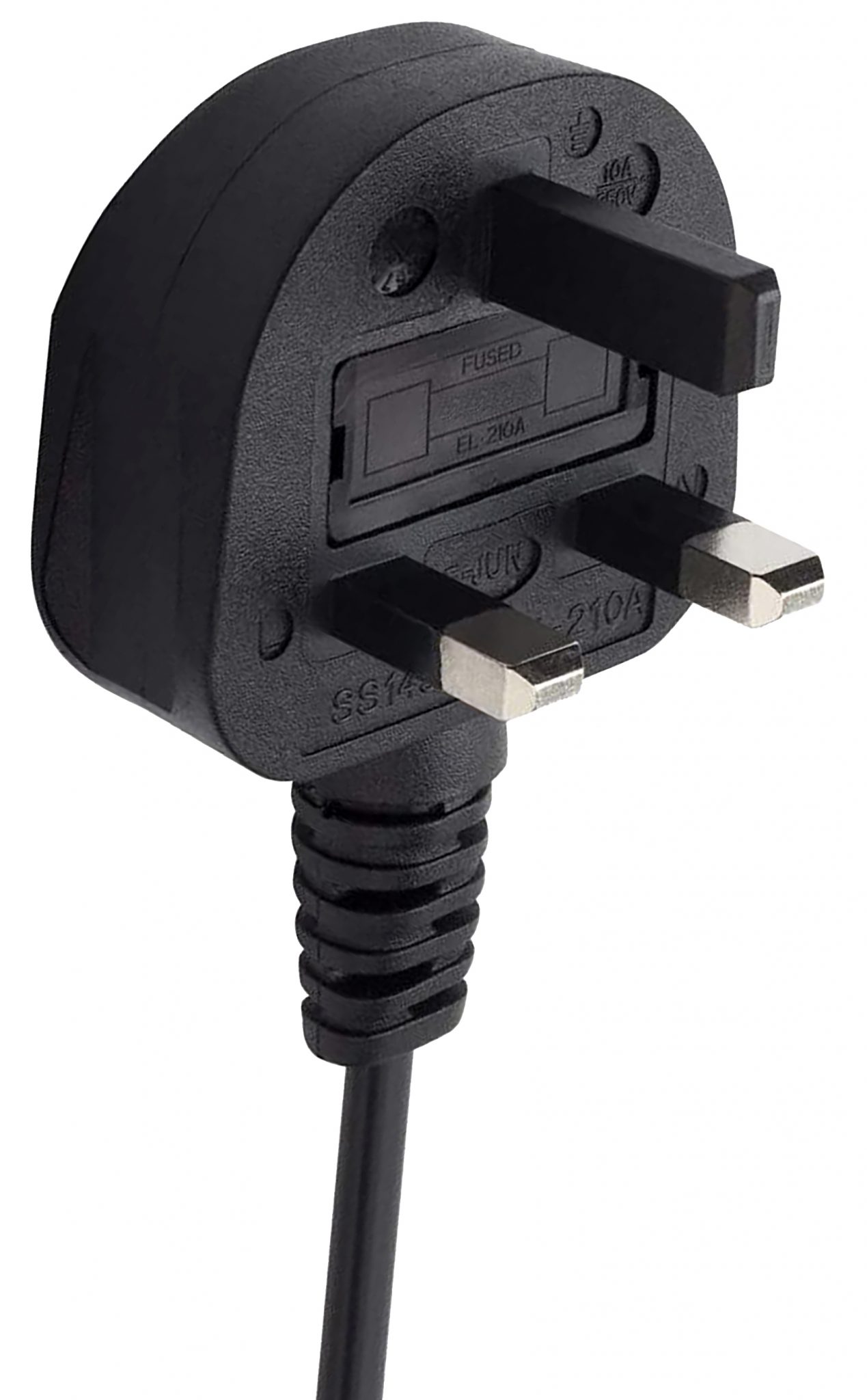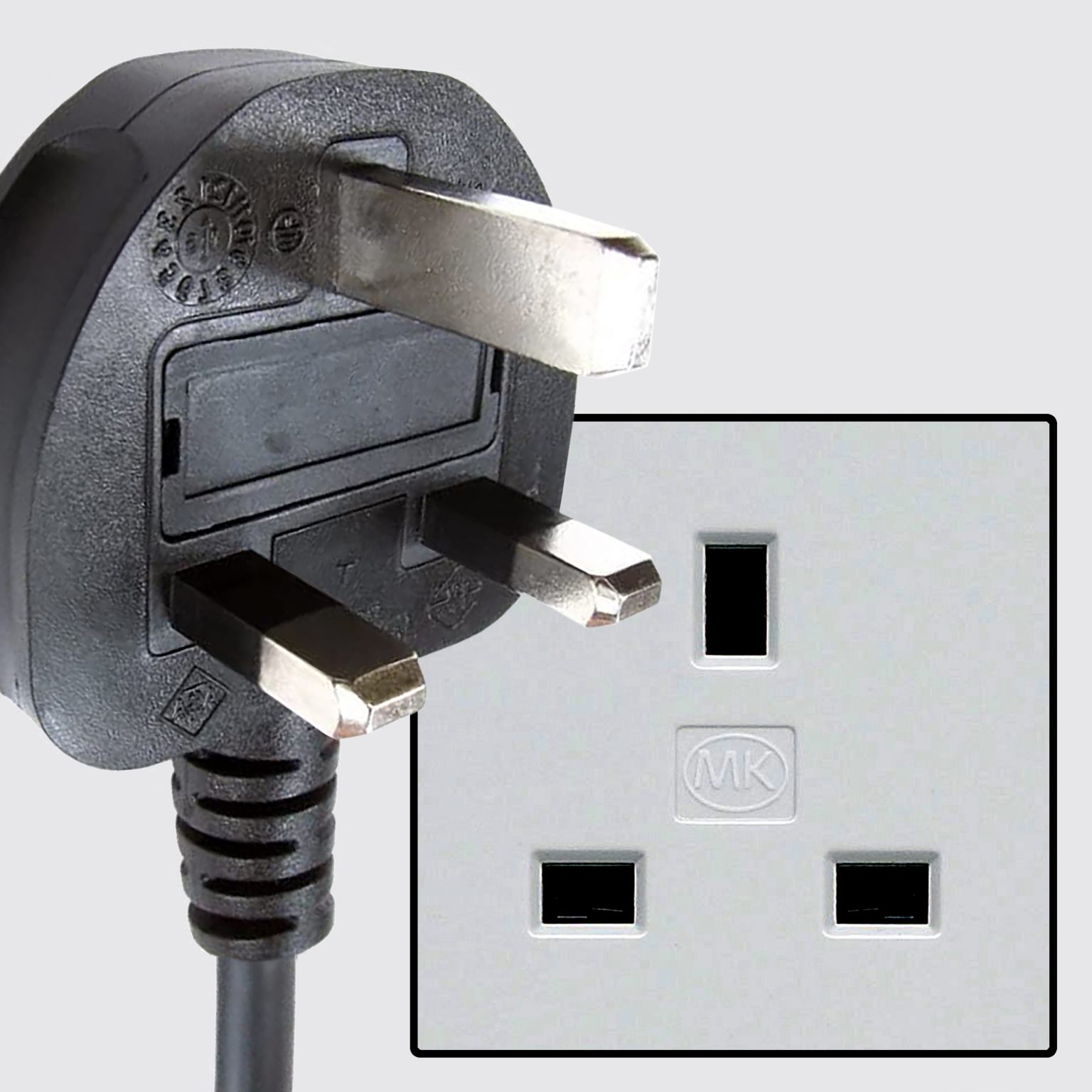UK Plug Voltage: Everything You Need To Know About Powering Your Devices Safely
When it comes to traveling or simply understanding how electricity works in the UK, knowing about UK plug voltage is crucial. Whether you're a tourist or someone planning to move, understanding the voltage system is essential to avoid damaging your devices. Imagine plugging in your favorite gadget only to find it fried because of a voltage mismatch! In this article, we'll dive deep into the world of UK plug voltage and make sure you're well-prepared for any situation.
You might be wondering, "What exactly is UK plug voltage?" Well, let me break it down for you. The UK operates on a standard voltage of 230 volts, which is significantly higher than what many countries use. This can be a bit overwhelming, especially if you're used to 110V systems. But don't worry, we're here to guide you through it all.
Before we jump into the nitty-gritty, it's important to note that understanding voltage isn't just about numbers. It's about safety, compatibility, and making sure your devices work seamlessly without any hiccups. So, let's get started and unravel the mystery behind UK plug voltage!
Read also:Exploring The World Of Sexy Hd Movies A Comprehensive Guide
What Is UK Plug Voltage?
Let's start with the basics. UK plug voltage refers to the electrical power supply that runs through the outlets in the United Kingdom. As mentioned earlier, the standard voltage in the UK is 230V. This is a bit higher than what you'd find in countries like the United States, which operates on 110-120V. The difference in voltage can have a significant impact on your devices, so it's crucial to know what you're dealing with.
Now, here's a fun fact: the UK's electrical system has been designed to ensure maximum safety. The three-pronged plug, which is a hallmark of British electrical outlets, includes a fuse that protects your devices from electrical surges. This little detail makes a huge difference when it comes to preventing damage and ensuring your gadgets stay in tip-top shape.
Why Does Voltage Matter?
Voltage matters because it determines how much power your devices receive. If your device is designed for 110V but you plug it into a 230V outlet without a converter, you might end up with a smoking gadget. Not cool, right? On the flip side, if your device is designed for 230V but you plug it into a 110V outlet, it might not work at all or function inefficiently.
Here's a quick rundown of why voltage is important:
- It affects how your devices operate.
- It influences the lifespan of your gadgets.
- It impacts safety, especially in countries with different standards.
Understanding UK Electrical Standards
The UK has its own set of electrical standards that differ from other parts of the world. One of the most noticeable differences is the plug type. The UK uses Type G plugs, which have three rectangular pins. These plugs are designed to be safer and more secure than their counterparts in other countries.
Another key aspect of the UK's electrical system is the use of ring circuits. Unlike the radial circuits used in many other countries, ring circuits distribute electricity more efficiently and can handle higher loads. This makes them ideal for homes and businesses that require a lot of power.
Read also:Unveiling The World Of Sexy Picture Video Open A Deep Dive
Key Features of UK Electrical Standards
Let's take a closer look at some of the key features of the UK's electrical standards:
- Type G Plugs: Three-pronged plugs with a fuse for added safety.
- Ring Circuits: Efficient distribution of electricity, allowing for higher loads.
- 230V Voltage: Higher than many other countries, ensuring powerful and reliable power supply.
How to Check Your Device's Voltage Compatibility
Before you plug in any device in the UK, it's essential to check its voltage compatibility. Most modern devices, especially those designed for international use, are dual-voltage, meaning they can handle both 110V and 230V. However, older devices or those designed specifically for one voltage might not be compatible.
To check your device's voltage compatibility, look for a label or marking on the device or its power adapter. This will usually indicate the voltage range it can handle. If it says something like "100V-240V," you're good to go. If it says "110V" or "230V" only, you'll need a voltage converter.
What If Your Device Isn't Compatible?
If your device isn't compatible with the UK's 230V system, you'll need to use a voltage converter. Voltage converters come in different types, so it's important to choose the right one for your needs. For example, if you're traveling with multiple devices, you might want to invest in a universal converter that can handle a range of voltages.
Here are some tips for choosing the right voltage converter:
- Make sure it matches the voltage requirements of your devices.
- Choose one with enough wattage to handle all your gadgets.
- Look for models with additional safety features, like surge protection.
Common Misconceptions About UK Plug Voltage
There are a few common misconceptions about UK plug voltage that can lead to confusion or even damage to your devices. Let's clear them up:
Misconception #1: "All UK plugs are the same." While the Type G plug is standard in the UK, there are variations in terms of size and design. Always double-check that your adapter or converter is compatible with the specific plug type you'll encounter.
Misconception #2: "If my device works in one country, it will work everywhere." This is a big no-no. Voltage standards vary widely across the globe, so what works in one country might not work in another. Always check the voltage compatibility of your devices before plugging them in.
Why Do Voltage Standards Differ Between Countries?
The differences in voltage standards between countries can be traced back to historical and technical reasons. In the early days of electricity, different regions developed their own systems based on what was available at the time. Over time, these systems became standardized, but not necessarily unified. As a result, we have a patchwork of voltage standards around the world.
Traveling with Electronics to the UK
If you're planning a trip to the UK, it's important to prepare your electronics for the local voltage. Start by checking the voltage compatibility of all your devices. If any of them aren't compatible with 230V, make sure to pack a voltage converter. Additionally, consider investing in a universal adapter that can handle both the voltage and plug type differences.
Here's a checklist to help you prepare:
- Check the voltage compatibility of all your devices.
- Pack a voltage converter if needed.
- Bring a universal adapter for Type G plugs.
- Label all your gadgets for easy identification.
Tips for Staying Safe While Using Electronics Abroad
Staying safe while using electronics abroad involves more than just having the right adapter or converter. Here are some additional tips:
- Always use high-quality adapters and converters from reputable brands.
- Never overload outlets or extension cords.
- Keep an eye on your devices while they're charging.
- Unplug devices when they're not in use to prevent electrical surges.
UK Plug Voltage vs. Other Countries
When comparing UK plug voltage to other countries, it's important to note the differences in both voltage and plug types. For example, the United States operates on 110-120V with Type A and B plugs, while Japan uses 100V with Type A and B plugs. These differences can make traveling with electronics a bit tricky, but with the right preparation, you can avoid any issues.
Here's a quick comparison of UK plug voltage with some other countries:
- United States: 110-120V, Type A and B plugs.
- Japan: 100V, Type A and B plugs.
- Europe (most countries): 230V, Type C, E, and F plugs.
Why Is UK Plug Voltage Higher Than in Other Countries?
The higher voltage in the UK is partly due to historical reasons and partly due to practical considerations. Higher voltage allows for more efficient power distribution, reducing energy loss over long distances. It also means that devices can operate more effectively, especially those that require a lot of power.
Future Trends in Electrical Standards
As technology continues to evolve, so do electrical standards. The trend is moving towards more universal standards that can accommodate a wide range of voltages and plug types. This will make it easier for travelers and businesses to operate seamlessly across borders.
One promising development is the rise of USB-C as a standard charging port. Many devices now come with USB-C ports, which can handle a wide range of voltages and eliminate the need for bulky adapters and converters. As more manufacturers adopt this standard, the future of electrical compatibility looks bright.
How Will These Changes Affect Travelers?
For travelers, the move towards more universal standards means less hassle when it comes to electronics. Instead of carrying multiple adapters and converters, you might only need a single cable to charge all your devices. This will make traveling lighter, simpler, and more convenient.
Conclusion
In conclusion, understanding UK plug voltage is essential for anyone traveling to or living in the UK. With a standard voltage of 230V and unique Type G plugs, the UK's electrical system requires careful consideration when using foreign devices. By checking voltage compatibility, using the right adapters and converters, and following safety tips, you can ensure your gadgets stay safe and functional.
We encourage you to share this article with friends and family who might be traveling to the UK. Your feedback is also important, so feel free to leave a comment below and let us know what you think. And don't forget to explore our other articles for more tips and tricks on travel and technology!
Table of Contents
UK Plug Voltage: Everything You Need to Know About Powering Your Devices Safely
Understanding UK Electrical Standards
Key Features of UK Electrical Standards
How to Check Your Device's Voltage Compatibility
What If Your Device Isn't Compatible?
Common Misconceptions About UK Plug Voltage
Why Do Voltage Standards Differ Between Countries?
Traveling with Electronics to the UK
Tips for Staying Safe While Using Electronics Abroad
UK Plug Voltage vs. Other Countries
Why Is UK Plug Voltage Higher Than in Other Countries?
Future Trends in Electrical Standards
How Will These Changes Affect Travelers?


